The Convention against Torture is one of the nine fundamental international human rights conventions of the United Nations. As of June 2019, the Convention against Torture has 166 member states, including 6 ASEAN countries. The birth and popularity of the Convention have affirmed the common efforts and determination of the international community in the fight against torture and other forms of cruel, inhuman or degrading treatment or punishment worldwide .
The General Assembly's adoption of the Convention against Torture is a historic event bearing the mark of human progress in the effort to protect people from torture, a breakthrough in the fight against torture worldwide and an effective tool to completely eliminate torture from the life of civilized societies. :On the concept of torture and the obligations of States Parties to the Convention to prohibit, punish and prevent acts of torture and to protect victims of torture, “torture” means any act by which severe pain or suffering, whether physical or mental, is intentionally inflicted on a person for the purpose of obtaining from him or a third person information or a confession, punishing him for an act he or a third person has committed or is suspected of having committed, intimidating or coercing him or a third person, or for any reason based on discrimination of any kind, when such pain or suffering is inflicted by or at the instigation of or with the consent or acquiescence of a public official or other person acting in an official capacity. This concept does not include pain or suffering which is a natural or incidental result of lawful punishment”. [caption id="attachment_1210307" align="aligncenter" width="258"]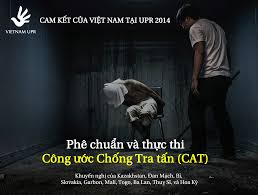 Torture is manifested in many forms such as using force directly on the human body: beating, stabbing, using electricity, starving, thirsting, eating bland food, continuous interrogation under the heat of high-pressure lamps on hot, sultry days, forcing to take off clothes in cold weather or using harsh words to impact the psychology, spirit, and emotions of a person, causing pain, suffering, and mental humiliation, with the aim of making that person or a third person afraid, mentally collapsing to get information, documents or to force them to confess things that are not real, untrue according to the intention of the person who commits the act of torture or to punish that person for what they have done. The Convention excludes pain or suffering caused accidentally or inherently, unavoidable by penalties prescribed by the law of the member state. Depending on the laws of different countries, this provision is different. But in general, in some cases, to prevent a crime, prevent the offender from escaping... the law allows the person in authority to use force to a certain extent to carry out his duties. Therefore, the application of some punishments permitted by the laws of countries such as the death penalty, flogging... is not considered torture. In general, acts that cause pain are only considered torture when they are carried out for a certain purpose with a certain authority. Thus, if there is a fight or beating taking place on the street, for example, even though the victim may be injured or abused, but the people who carry out the act are not following any orders, or under the authority of the government, army or judiciary, then it is not torture. On the contrary, if a group of people belonging to the authority carry out the above act, it is torture. The main difference between an act of torture and coercion is that in the case of coercion, the person being coerced is forced to do something he or she does not want to do. This is similar to torture in that it takes away the victim's control over his or her actions and decisions, for example in a robbery, a person is forced to give up his or her property when the robber threatens to harm his or her life. Coercion does not have to involve the infliction of severe physical or mental pain, so it is not torture. And in the case of coercion involving the use of force, for example when the police use electric shock devices to suppress a protesting crowd, this is also not torture, if the protesters are not under police control, and they can defend themselves. However, torture is still related to coercion in many cases, especially when the perpetrator wants to seek information from the victim. [caption id="attachment_1210308" align="aligncenter" width="1421"]
Torture is manifested in many forms such as using force directly on the human body: beating, stabbing, using electricity, starving, thirsting, eating bland food, continuous interrogation under the heat of high-pressure lamps on hot, sultry days, forcing to take off clothes in cold weather or using harsh words to impact the psychology, spirit, and emotions of a person, causing pain, suffering, and mental humiliation, with the aim of making that person or a third person afraid, mentally collapsing to get information, documents or to force them to confess things that are not real, untrue according to the intention of the person who commits the act of torture or to punish that person for what they have done. The Convention excludes pain or suffering caused accidentally or inherently, unavoidable by penalties prescribed by the law of the member state. Depending on the laws of different countries, this provision is different. But in general, in some cases, to prevent a crime, prevent the offender from escaping... the law allows the person in authority to use force to a certain extent to carry out his duties. Therefore, the application of some punishments permitted by the laws of countries such as the death penalty, flogging... is not considered torture. In general, acts that cause pain are only considered torture when they are carried out for a certain purpose with a certain authority. Thus, if there is a fight or beating taking place on the street, for example, even though the victim may be injured or abused, but the people who carry out the act are not following any orders, or under the authority of the government, army or judiciary, then it is not torture. On the contrary, if a group of people belonging to the authority carry out the above act, it is torture. The main difference between an act of torture and coercion is that in the case of coercion, the person being coerced is forced to do something he or she does not want to do. This is similar to torture in that it takes away the victim's control over his or her actions and decisions, for example in a robbery, a person is forced to give up his or her property when the robber threatens to harm his or her life. Coercion does not have to involve the infliction of severe physical or mental pain, so it is not torture. And in the case of coercion involving the use of force, for example when the police use electric shock devices to suppress a protesting crowd, this is also not torture, if the protesters are not under police control, and they can defend themselves. However, torture is still related to coercion in many cases, especially when the perpetrator wants to seek information from the victim. [caption id="attachment_1210308" align="aligncenter" width="1421"] 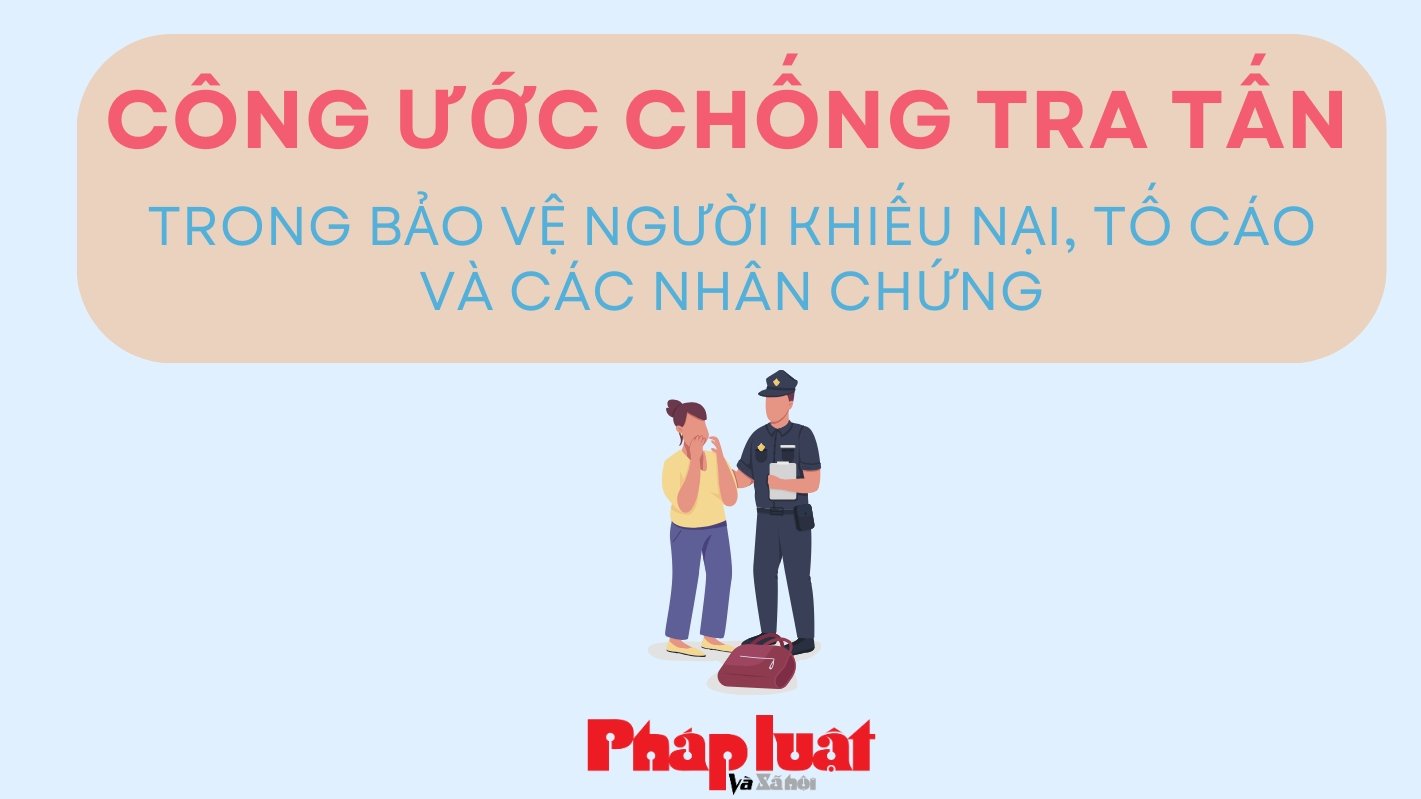 Photo Collection[/caption] Regarding the obligation to strictly prohibit acts of torture, member states are obliged to take synchronous legislative, executive, judicial and other measures to absolutely prevent acts of torture within the territory under national jurisdiction. Regarding legislative measures, the Convention stipulates that member states are obliged to recognize by law the right not to be tortured of all citizens; strictly prohibit acts of torture and must prescribe torture as a crime, subject to strict sanctions to deter and prevent acts of torture, protect the life, honor and dignity of people; at the same time, promulgate new or amend current regulations so that the substantive and procedural (formal) legal provisions of the country ensure the right not to be tortured for everyone within the national territory. Regarding executive measures, the Convention requires member states to ensure and respect the right to not be subjected to torture, cruel, inhuman or degrading treatment or punishment of all citizens, paying special attention to the development of ethical and professional standards for officials and public employees; promoting propaganda and education for law enforcement officials to eliminate violations of the law by public officials in general and law enforcement officials in particular. Regarding judicial measures, the Convention requires member states to ensure the implementation of the right to not be subjected to torture, cruel, inhuman or degrading treatment or punishment of citizens in the investigation, prosecution, trial and execution of sentences. These are activities that pose a high risk of torture against suspects and defendants; people in temporary detention; people serving prison sentences. Therefore, judicial activities must strictly comply with the provisions of law to ensure the requirements of the Convention; At the same time, there must be an effective monitoring system to ensure the objectivity, accuracy and timeliness of judicial activities, minimizing the infringement on the legitimate rights and interests of the people. Other measures The Convention does not specify what other measures are, but it can be understood that this is a group of measures including socio-economic development, administrative reform, judicial reform, implementation of health care strategies, educational reform, propaganda, dissemination of legal education... which play an important role in supporting administrative and judicial measures in preventing torture activities and contributing significantly to the complete elimination of torture through raising awareness, material and spiritual life of the people. According to the provisions of the Convention, torture is absolutely prohibited in all cases. The Convention affirms that no exceptional circumstances, including in the case of a State being at war or in danger of war, or having internal political instability or any other public emergency, can justify the act of torture. History has recorded that in wars, many national governments, in order to obtain intelligence or other information regarding the activities of the enemy, often apply torture measures on prisoners of war or civilians. These governments also justify that this torture is aimed at obtaining information to prevent further damage that may occur. However, such justifications are contrary to the provisions of the Convention and go against the purpose of the Convention to completely eliminate torture from human life.
Photo Collection[/caption] Regarding the obligation to strictly prohibit acts of torture, member states are obliged to take synchronous legislative, executive, judicial and other measures to absolutely prevent acts of torture within the territory under national jurisdiction. Regarding legislative measures, the Convention stipulates that member states are obliged to recognize by law the right not to be tortured of all citizens; strictly prohibit acts of torture and must prescribe torture as a crime, subject to strict sanctions to deter and prevent acts of torture, protect the life, honor and dignity of people; at the same time, promulgate new or amend current regulations so that the substantive and procedural (formal) legal provisions of the country ensure the right not to be tortured for everyone within the national territory. Regarding executive measures, the Convention requires member states to ensure and respect the right to not be subjected to torture, cruel, inhuman or degrading treatment or punishment of all citizens, paying special attention to the development of ethical and professional standards for officials and public employees; promoting propaganda and education for law enforcement officials to eliminate violations of the law by public officials in general and law enforcement officials in particular. Regarding judicial measures, the Convention requires member states to ensure the implementation of the right to not be subjected to torture, cruel, inhuman or degrading treatment or punishment of citizens in the investigation, prosecution, trial and execution of sentences. These are activities that pose a high risk of torture against suspects and defendants; people in temporary detention; people serving prison sentences. Therefore, judicial activities must strictly comply with the provisions of law to ensure the requirements of the Convention; At the same time, there must be an effective monitoring system to ensure the objectivity, accuracy and timeliness of judicial activities, minimizing the infringement on the legitimate rights and interests of the people. Other measures The Convention does not specify what other measures are, but it can be understood that this is a group of measures including socio-economic development, administrative reform, judicial reform, implementation of health care strategies, educational reform, propaganda, dissemination of legal education... which play an important role in supporting administrative and judicial measures in preventing torture activities and contributing significantly to the complete elimination of torture through raising awareness, material and spiritual life of the people. According to the provisions of the Convention, torture is absolutely prohibited in all cases. The Convention affirms that no exceptional circumstances, including in the case of a State being at war or in danger of war, or having internal political instability or any other public emergency, can justify the act of torture. History has recorded that in wars, many national governments, in order to obtain intelligence or other information regarding the activities of the enemy, often apply torture measures on prisoners of war or civilians. These governments also justify that this torture is aimed at obtaining information to prevent further damage that may occur. However, such justifications are contrary to the provisions of the Convention and go against the purpose of the Convention to completely eliminate torture from human life.Bich Huong








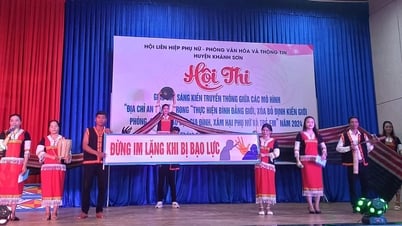





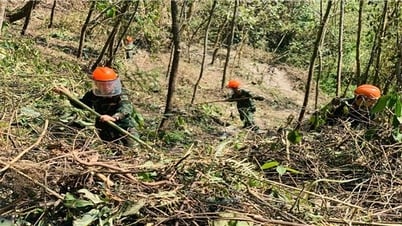
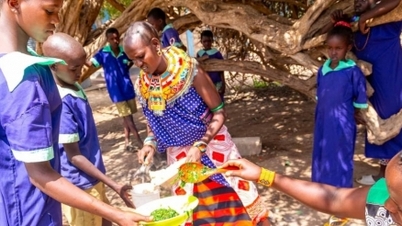

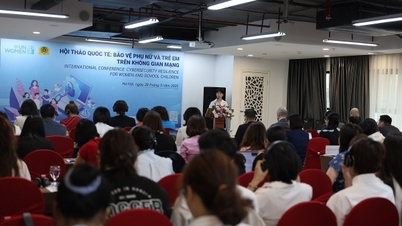











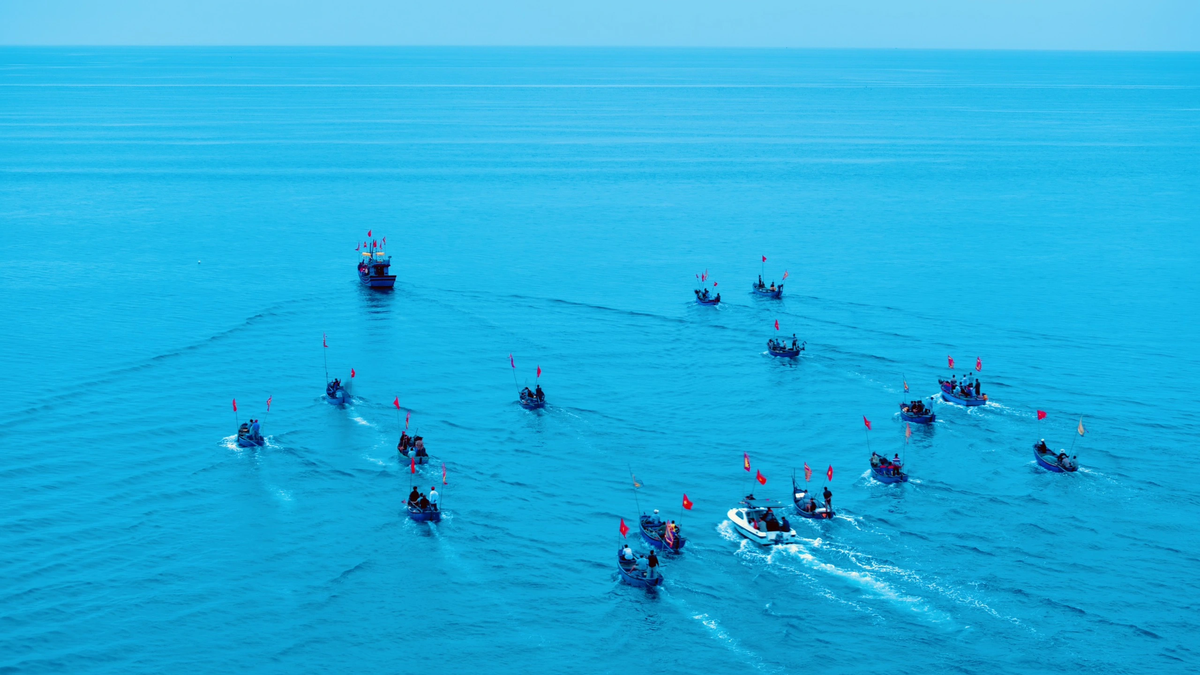
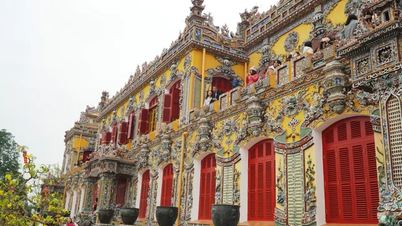





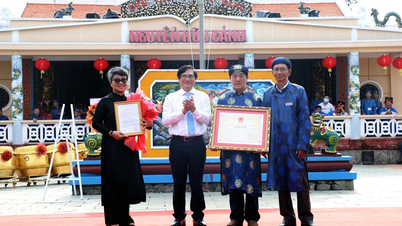












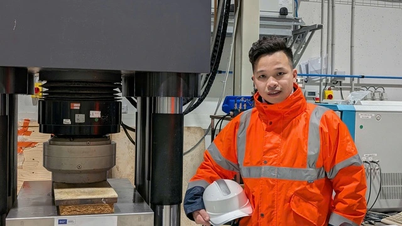





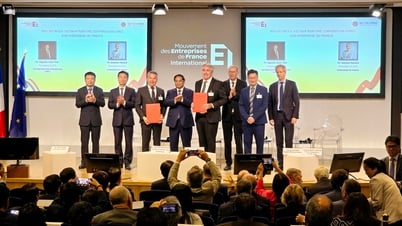




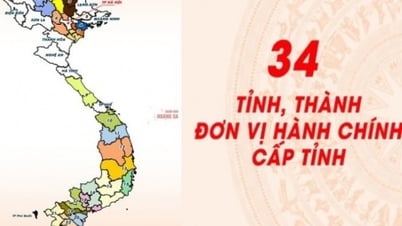

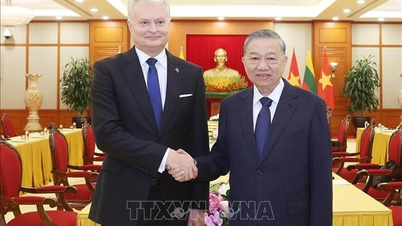








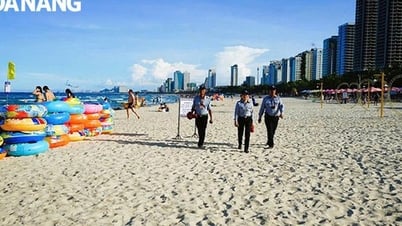


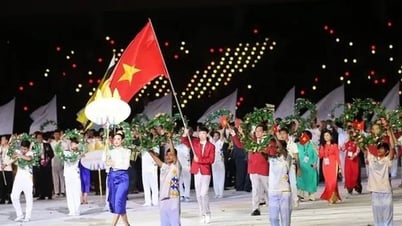















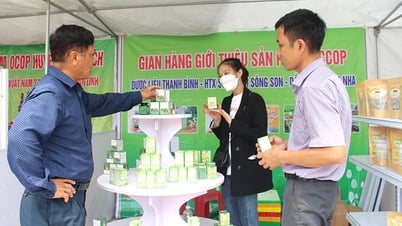







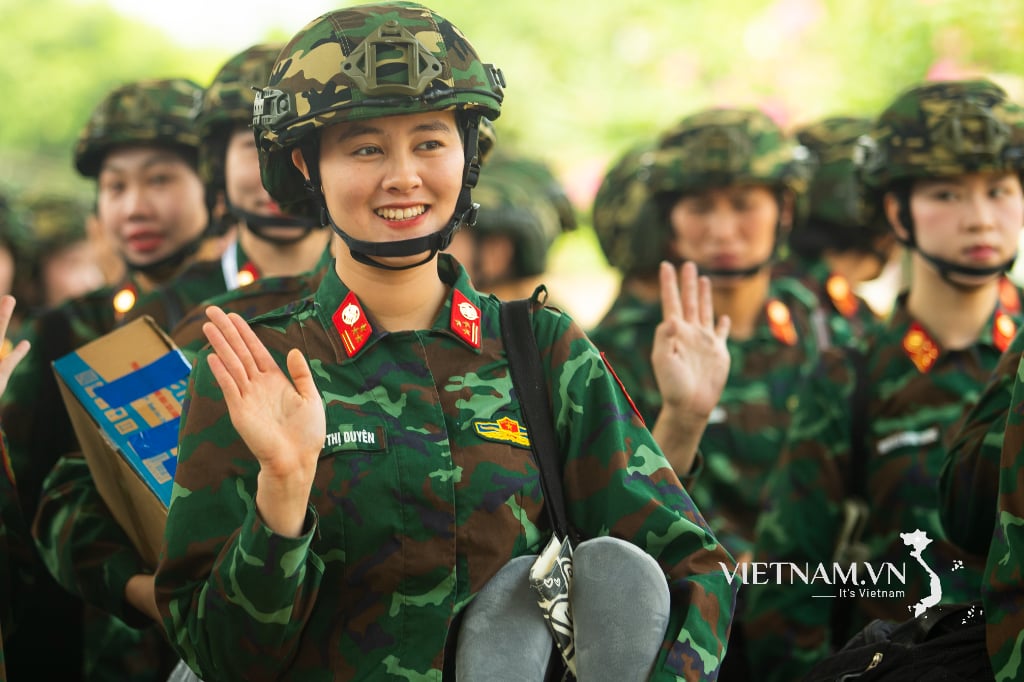
Comment (0)